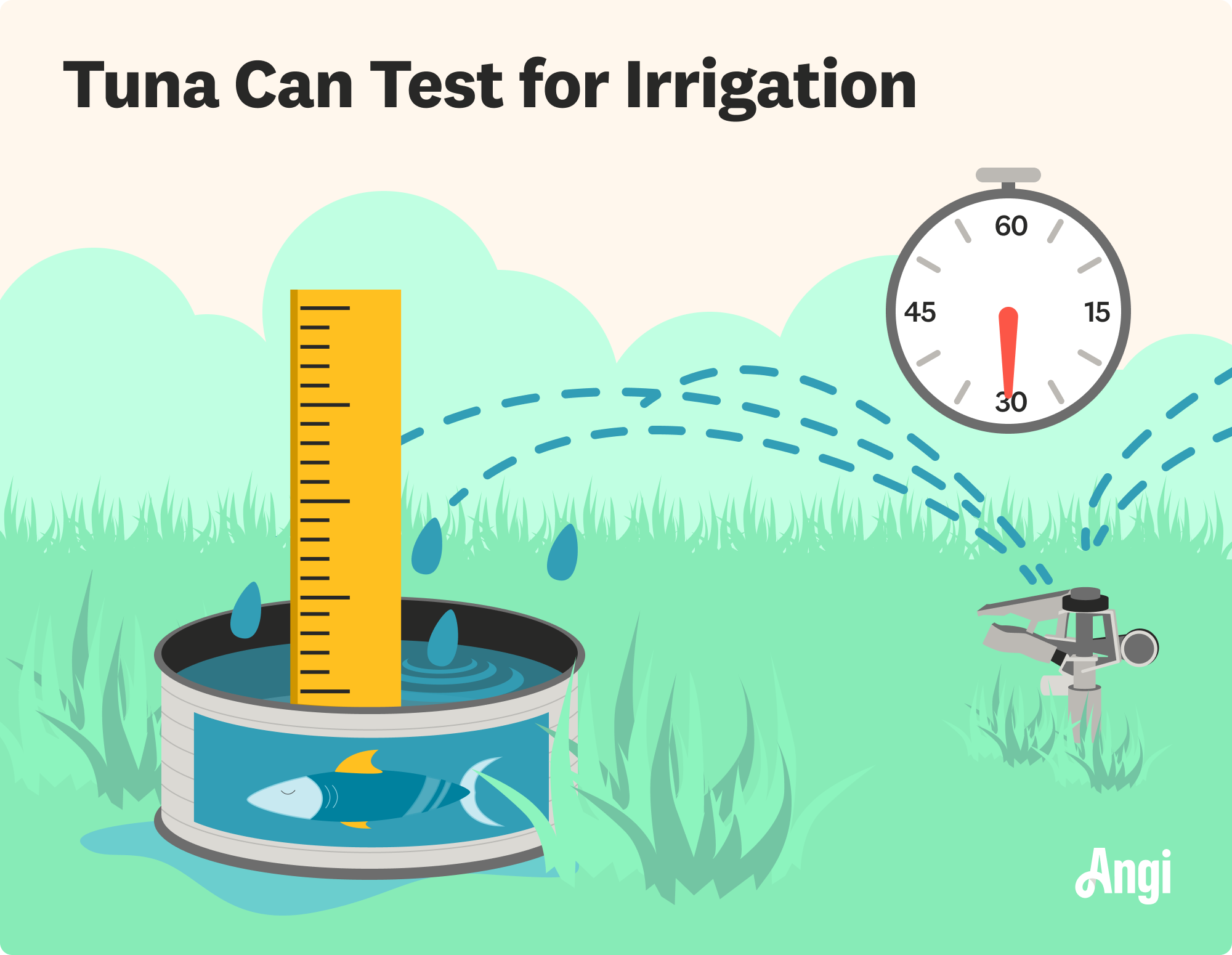
Discover the cost to winterize a sprinkler system, including average prices, key cost factors, and tips to save. Learn what impacts your estimate and how to budget.
Proper hydration = pristine lawn


Newly laid sod requires a lot of care and attention during its initial weeks to establish strong roots and grow into a lush, green lawn. One of the top considerations in this process is ensuring the sod is getting the right amount of water. But how do you know how long to water new sod with a sprinkler system?
You may be surprised at the recommendations for how long to water new sod with sprinkler systems. After all, the process changes with time over the first month following installation. If you’re determined to make your new lawn the best one you’ve ever had, get ready to discover the essential aspects of watering during the critical first phases of newly installed sod.

In the journey of nurturing your new sod into a thriving lawn, understanding how to provide the right amount of water is critical. Let’s discuss the schedule for keeping your sod adequately hydrated for optimal growth.
Immediately after installing new sod, it's crucial to provide adequate hydration. The sprinkler system plays a pivotal role in this phase. Water the sod for about 45 minutes on the day of installation, ensuring that the water penetrates the soil to a depth of 3 to 4 inches.
During the first week after installation, your new sod will have high water requirements, approximately 6 inches of water per day. To meet this demand, you should water the sod three times a day for 20 minutes per session. This consistent moisture is vital for root development.
In the second week, you can begin to gradually reduce the frequency of watering. By the end of the week, you should be watering twice a day, and this is accomplished by shortening the duration of the third session until it is no longer needed.
As your new sod continues to establish itself, you can adjust the watering schedule further. During the third week, you can usually reduce watering to once a day or maintain a total weekly irrigation of 1 inch. This adaptation accommodates the maturing sod's changing needs.
By the fourth week, your sod should be sufficiently rooted, allowing you to reduce watering to every other day. This gradual reduction in watering helps the sod adapt to a less intensive hydration schedule.

To ensure that you provide just the right amount of water for your new sod, you need to consider any rainfall within that first month. This means you need to measure rainfall accurately. Investing in a rain gauge or using the “Tuna Can Test” can help you determine how much moisture your lawn receives from nature, allowing you to adjust your sprinkler system accordingly.
If you notice your newly laid sod looking dry and wilting, these are clear signs that you may not be watering it enough. Inadequate moisture can lead to slow or stunted growth, and your sod may struggle to establish healthy roots. Regularly inspect your lawn for any signs of dehydration and adjust your watering schedule accordingly to ensure your new sod thrives.
Overwatering newly installed sod can be just as detrimental as underwatering. Signs of excess moisture include grass turning yellow, a spongy feel underfoot, and the presence of fungal growth. When you see these indicators, it's critical to reduce your watering frequency and allow the soil to dry out between sessions. Striking the right balance in your lawn watering routine is key to ensuring the health and vitality of your new sod.
Beyond proper watering, there are several essential tips to care for new sod effectively:
Avoid heavy foot traffic to prevent damage during sod’s delicate establishment phase.
Consider a balanced fertilization schedule to provide essential nutrients for growth.
Regularly mow with sharp blades.
Keep your lawn weed-free.
Be mindful of any pests or diseases that may affect your lawn and take preventive measures against them.
After laying new sod, monitor your sprinkler system for any issues that may arise. If you encounter problems with leakage, flooding, uneven water distribution, or sprinkler malfunctions, don't hesitate to call a local sprinkler company for help. Ensuring that your sprinklers are functioning correctly is vital for the health of your new sod.
From average costs to expert advice, get all the answers you need to get your job done.

Discover the cost to winterize a sprinkler system, including average prices, key cost factors, and tips to save. Learn what impacts your estimate and how to budget.

If your sprinkler system isn’t working, it may be time for a new pump. Find out sprinkler pump replacement costs with this guide.

Find out the average sprinkler system repair cost, what impacts pricing, and how to save. Get transparent estimates to plan your sprinkler repair project.

Wondering how to find irrigation valves on your property? Locating them can be challenging. Learn how to tackle this project with our guide.

Irrigation controller on the fritz? Here’s how to tell whether your sprinkler controller is bad—and some steps to take to mitigate the problem.

Looking for pointers on how to design a sprinkler system? Use this guide to navigate the process and create the DIY sprinkler system of your dreams.